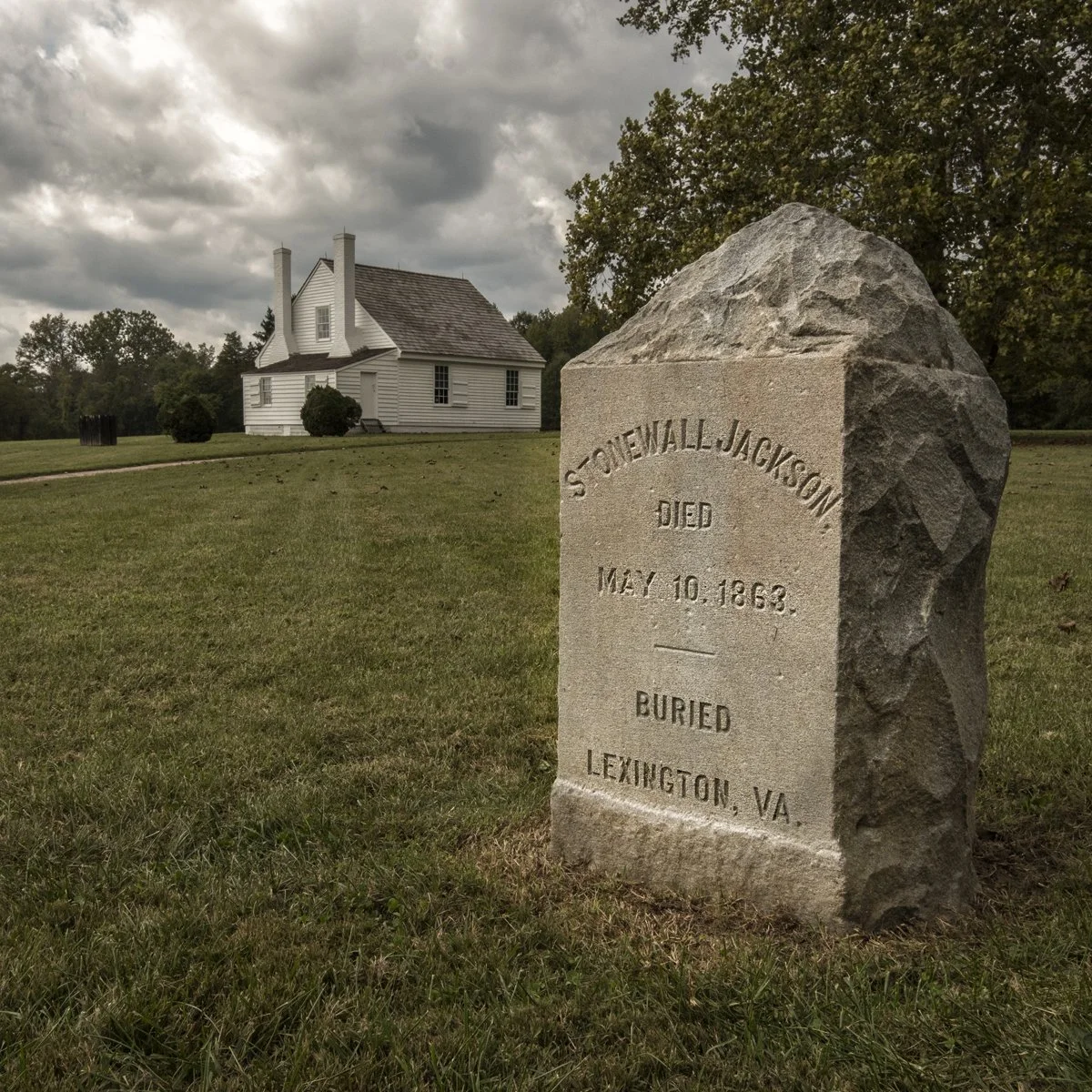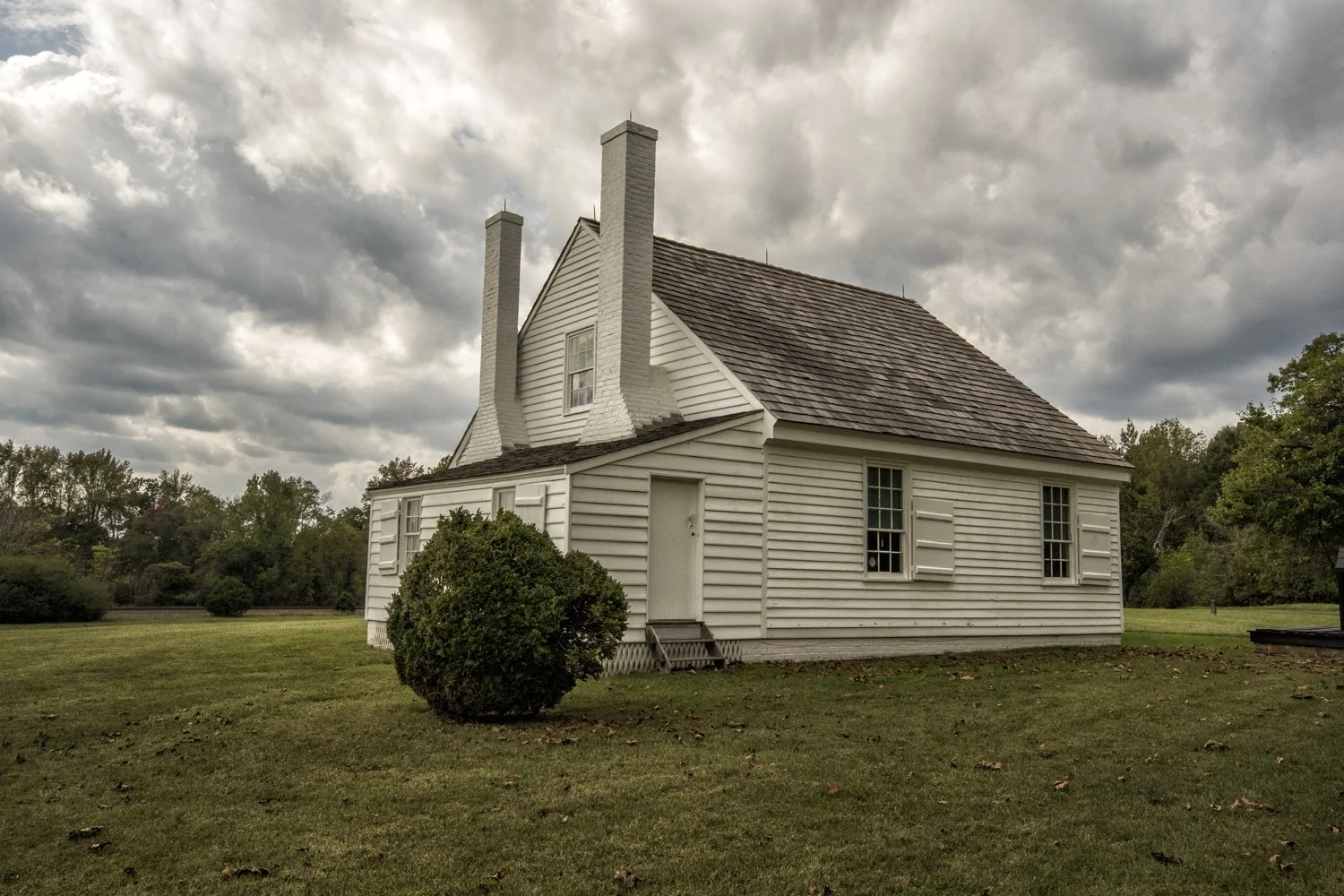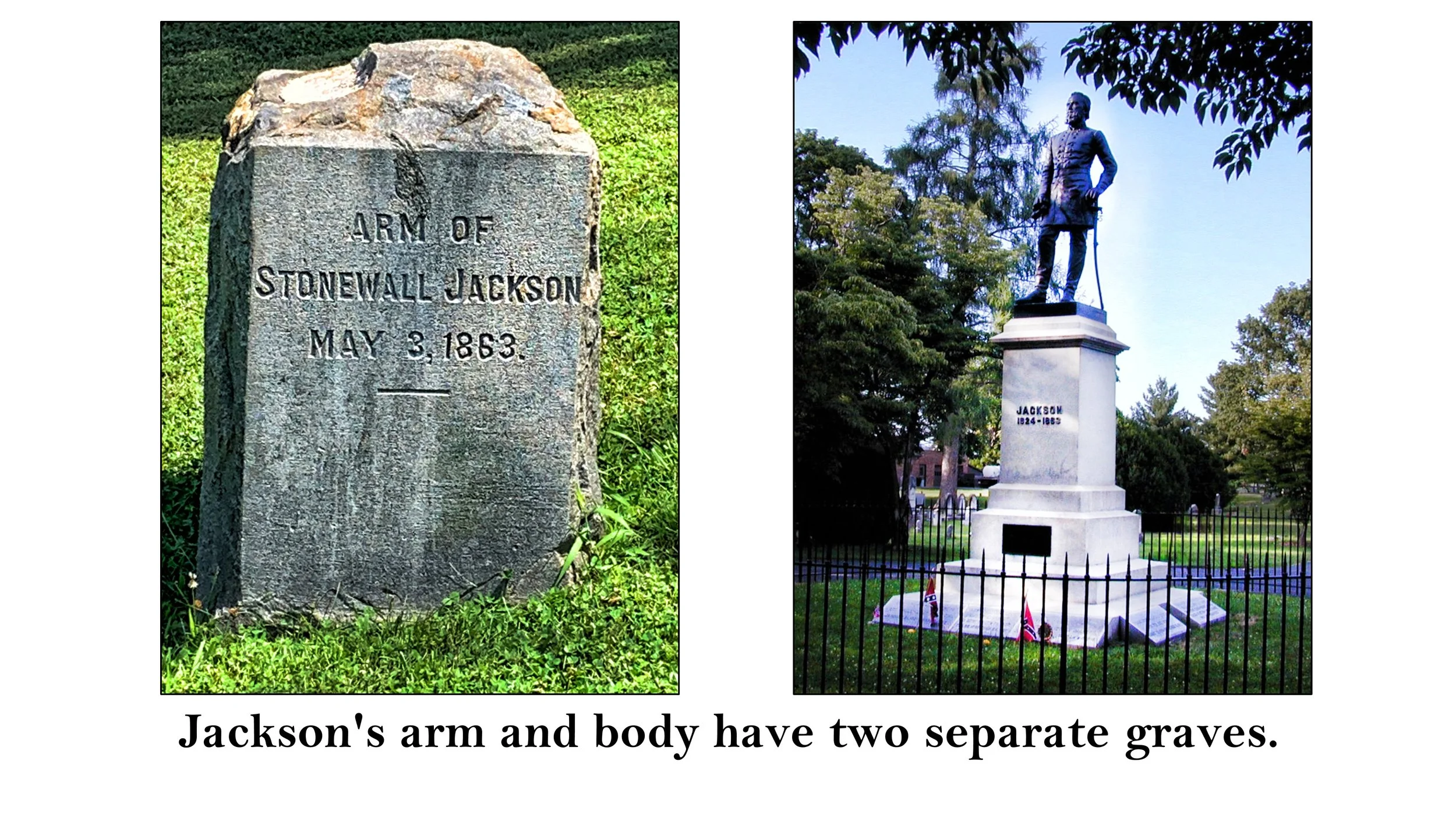Church Quarter
Sometimes you come across history unknowingly. You just thought it was a good subject for a photograph.
"The two-room log house, a rare survivor of a once-common house type, was built about 1843 probably by Sarah Thornton, whose father-in-law John Thornton acquired the property in 1790. A one-story, log, hall-parlor-plan house it remains remarkably intact and unspoiled, a rare survivor of what was once a common house type. Standing on Old Ridge Road, one of the earliest thoroughfares in the county, Church Quarter is one of the best-preserved antebellum log structures in central Virginia.
On 16 July 1862, Maj. Gen. Thomas J. "Stonewall" Jackson and his staff stopped here and requested some water. The woman who lived here provided a pitcher from which to drink. On learning Jackson's identity, she refused let anyone else drink from it, saying that she would give it to her children as memento of Jackson's visit. This is chronicled by Captain Charles Minor Blackford of the 2nd VA Cavalry. He was an officer on the staff of (then) Major General Thomas Jonathan Jackson.
The Scotchtown Chapter of the Daughters of the American Revolution purchased and restored the cabin in 1969."
The second set of photographs I came across while wandering initially in Louisa County. If you're coming from Thornburg, Mudd Tavern Road will become Stonewall Jackson Road, and when you cross over the railroad tracks at Guinea take a left down a lonely road and you'll end up at the "Stonewall" Jackson Death Site.
This is in Guinea, Virginia and is where Jackson died eight days after having his arm amputated.
Jackson was moved to the Fairfield Plantation of Thomas Chandler.
Chandler offered his house for Jackson's use, but Jackson chose to use the plantation office building instead.
This is the front entrance to the museum.
Recently I was asked a very good question about where was Jackson's arm buried? During the war, on May 2, 1863, Jackson was accidentally shot by his own soldiers as he was in an area where a "picket" line had been established. Today we would say he was injured by "friendly fire." The arm had to be amputated and, in an unusual event, and probably because of the reverence his troops had for him, the arm was buried and a headstone erected to mark that spot. That location is in the Elwood cemetery (behind the Elmwood House) in Orange County.
The arm is buried in Orange County, he is buried in Lexington County.
Weakened by the wound and suffering from pneumonia, Jackson died eight days later. He was buried at Oak Grove Cemetery in Lexington, Virginia. In 1949 the cemetery was renamed the Stonewall Jackson Memorial Cemetery. So we have three locations that are tied into Jackson's death and burials. A arm buried in Orange County, his body buried in Lexington, and a memorial center in Guinea where he passed away.







